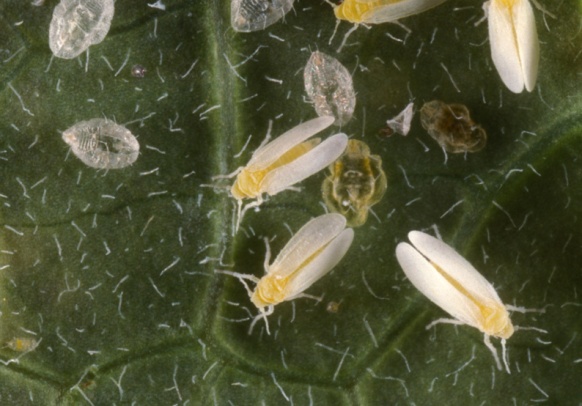
Sweetpotato whitefly B biotype or silverleaf whitefly
Bemisia
tabaci
(Gennadius),
now Bemisia
argentifolii
Bellows & Perring
(Insecta: Hemiptera: Aleyrodidae)
Adults have soft, yellowish bodies with white wings held roof-like over the body. Females are 0.96 mm long, males 0.82 mm. The minute eggs are 0.21 mm long, oval, and white when laid then turn dark. Nymphs grow to be 0.66 mm long. They are a greenish yellow, flattened oval.
Completion of the life cycle takes 17 to 22 days. Reproduction can be sexual or asexual. Females lay eggs that are attached to the leaves by a stalk. Once the “crawlers” hatch, they undergo four instars and a pupal stage called the red-eye nymphal stage.
Sweetpotato whitefly occurs globally in tropical and warm temperate regions of the eastern and western hemisphere. It was recorded in the United States first in the late 1800s. By 1986, this species became a pest of economic importance in Florida.
Sweetpotato whitefly feeds on over 500 plant species from 74 families that include vegetable, field, and ornamental crops. The feeding damage turns plants yellow, white, or silver depending on the specific host plant. Nymphs and adults secrete honeydew that promotes sooty mold growth.
Images
To
save the Web-optimized images shown below to your hard drive:
PC users: right click to "Save Picture (or Image) As..."
Mac users: click and drag to your desktop.

Adults of sweetpotato whitefly, Bemisia argentifolii Bellows & Perring
(Photographer: Lyle Buss, University of Florida)
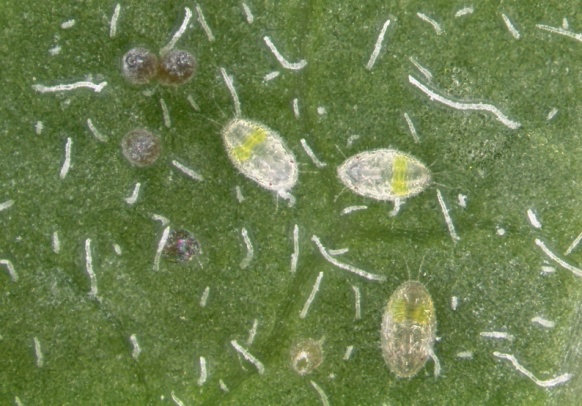
Eggs and crawlers (first instars) of sweetpotato whitefly, Bemisia argentifolii Bellows & Perring
(Photographer: Lyle Buss, University of Florida)
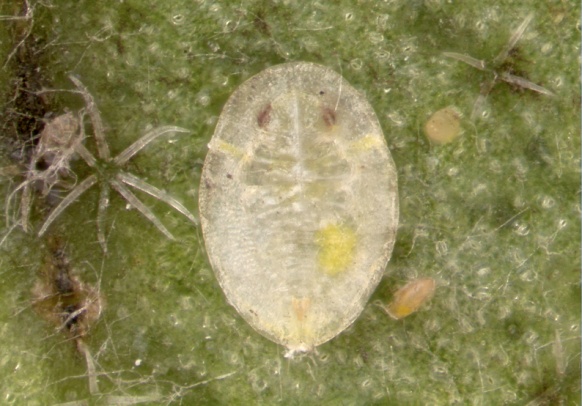
Red-eyed nymph or “pupa” of sweetpotato whitefly, Bemisia argentifolii Bellows & Perring
(Photographer: Lyle Buss, University of Florida)
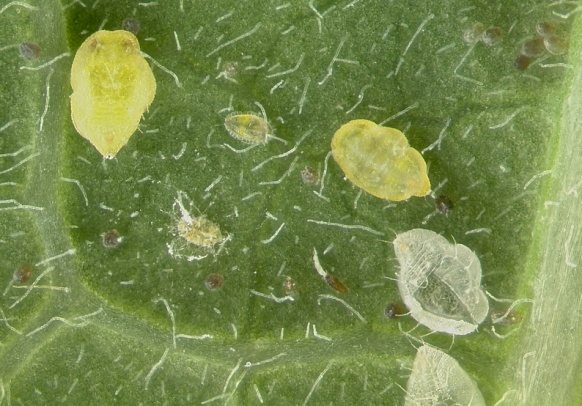
Pupae (yellow, top left and middle right) and empty pupal cases (transparent, bottom right) of sweetpotato whitefly, Bemisia argentifolii Bellows & Perring
(Photographer: Lyle Buss, University of Florida)

Infestation of leaves by adults of sweetpotato whitefly, Bemisia argentifolii Bellows & Perring
(Photographer: Lyle Buss, University of Florida)
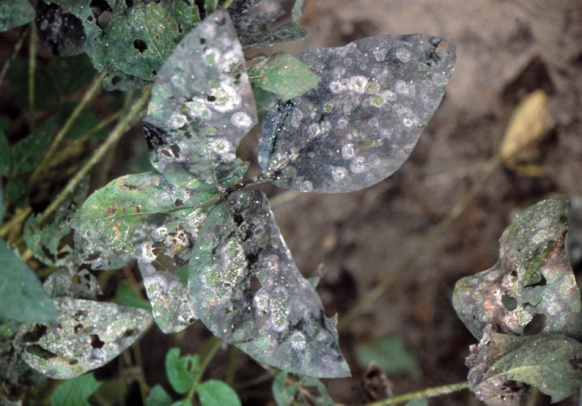
Growth of sooty mold as a consequence of infestation by sweetpotato whitefly, Bemisia argentifolii Bellows & Perring
(Photographer: Lyle Buss, University of Florida)